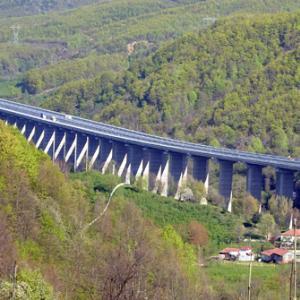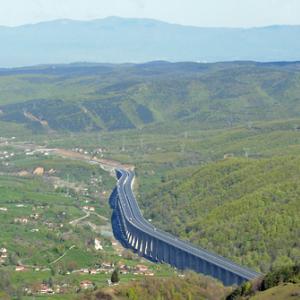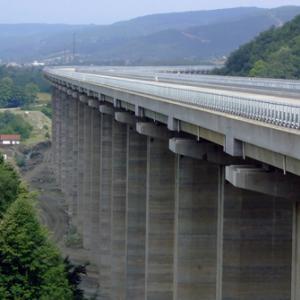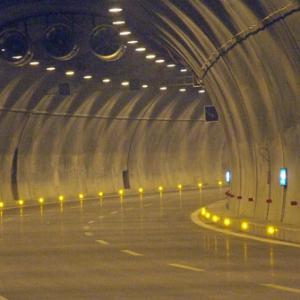Project Highlights
| Sector | highways and roads | |
| Country | Turkey | |
| Progress | completed | |
| Construction | from 1985; to: 2007 |






Description
The Anatolian motorway, which links Istanbul and Ankara, represents the pivot of the Turkish road network.
Astaldi Group played an important role in its construction and was responsible for building the Gümüsova-Gerede section.
The route, designed in accordance with the most advanced European standards (Trans European Motorway Standards), is 116km long with 12km of viaducts and 3km of tunnels. It is a dual carriageway with one carriageway in each direction, each of which has three lanes plus the hard shoulder. The project represented a major construction challenge, especially for the section known as Lot 2 measuring 25km which runs from the Duzce plain’s height of 300 metres asl to the Bolu plateau’s height of 800 metres asl with gradients of approximately 6%.
This area is geologically unstable and runs across a secondary branch of the Anatolian fault. The area has experienced fairly serious earthquakes in the recent past which meant that precise design of the section was necessary with some technical devices and numerous computer simulations. The Bolu tunnel, a double-tube tunnel with three lanes in each direction measuring 2,950 metres, is located along this section. The viaducts are also impressive and include Viaduct 1 which survived the 1999 earthquake. It measures 2,313 metres in length and features two carriageways, each of which is 17.50 metres wide, supported by piers that stand 40 metres tall on average.
A further three dual carriageway viaducts were built in the Asarsuyu valley and measure a total of 2,370 metres. They were built using prestressed concrete (PSC) girders and Cor-Ten steel.